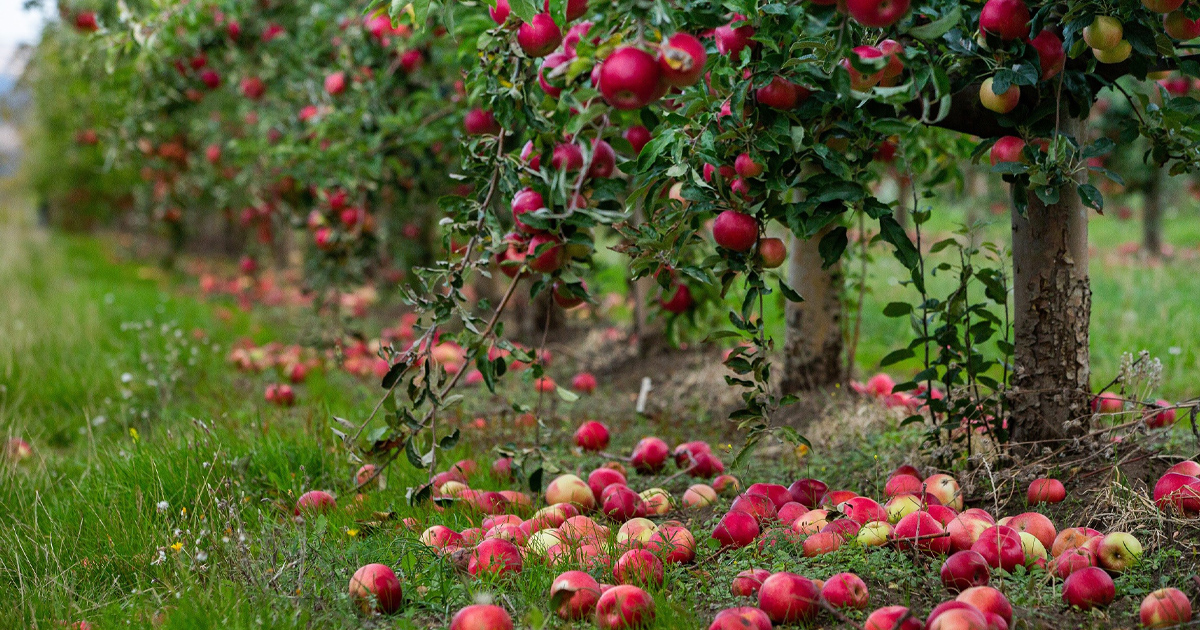Moldova Transition to High-Value Agriculture Project Evaluation: Final Report
Download
Associated Project
Moldova Transition to High-Value Agriculture Project Evaluation
Prepared for:
Millennium Challenge Corporation
Key Findings
- More than six years after project completion, Water User Associations established by the project were successfully managing the rehabilitated irrigation systems; those systems were functioning well.
- Though the project led to small increases in irrigation use and increased cultivation of high-value crops, those changes fell short of expectations and were concentrated among a relatively small number of farms.
- Limited access to attractive sales markets and to agricultural labor contributed to the smaller-than-anticipated changes.

The Millennium Challenge Corporation’s Compact with Moldova (2010–2015) supported implementation of the Transition to High-Value Agriculture Project. The project aimed to increase cultivation and sales of high-value crops—such as fruits and vegetables—through several activities. Those activities included (1) the establishment of Water User Associations and the transfer of irrigation system management to those associations; (2) improvements in irrigation infrastructure; (3) increased access to finance for investments in post-harvest infrastructure and irrigation equipment; and (4) farmer training and other supports to improve market access.
Mathematica conducted a mixed-methods performance evaluation of the project, measuring results over six full agricultural (annual) seasons following completion of implementation. The evaluation drew on administrative data from Water User Associations, surveys of farmers, and qualitative data from interviews with program participants, administrators, government officials, and other stakeholders.
Overall, the evaluation found that the project led to increases in irrigation use and cultivation of high-value crops, but that those changes were significantly smaller than anticipated and were concentrated among a relatively small group of farms.Efficiency Meets Impact.
That's Progress Together.
To solve their most pressing challenges, organizations turn to Mathematica for deeply integrated expertise. We bring together subject matter and policy experts, data scientists, methodologists, and technologists who work across topics and sectors to help our partners design, improve, and scale evidence-based solutions.
Work With Us
